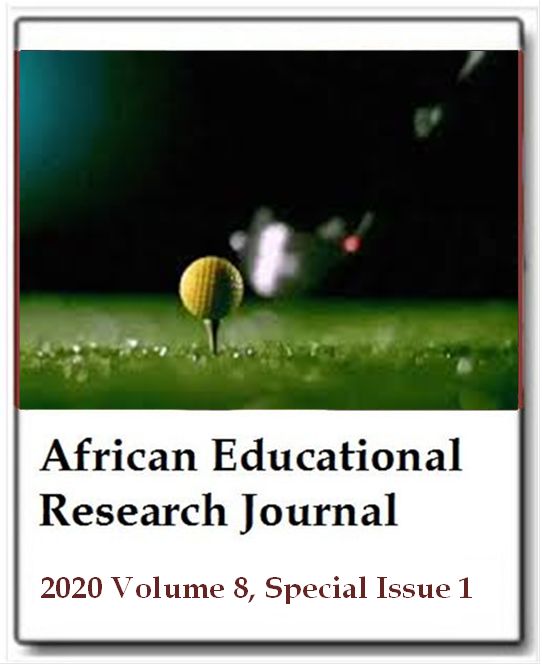Effects of personality traits on goal commitment in student wrestlers in high school and university education
Murat Çelebi and Murat SarıkabakAfrican Educational Research Journal
Published: August 11 2020
Volume 8, Special Issue 1
Pages S135-S140
DOI: https://doi.org/10.30918/AERJ.8S1.20.021
Abstract
The purpose of this study is to investigate the effect of personality traits on goal commitment in student wrestlers in high school and university education. The universe of the research is elite Greco-Roman and Free-Style student wrestlers who are studying in high school and university education. The sample group consists of 338 student athletes, who were selected among these student wrestlers with the convenience-sampling method. As data collection tools, "Personal information form" created by the researcher; the Turkish Big Five Inventory developed by John et al. (1991) and adapted to Turkish by Evinç (2004); the scale of “Goal Commitment” prepared by Klein et al. (2001) with the validity and reliability performed by Şenel and Yıldız (2016) were used in the research. SPSS 20 package program was used in the statistical analysis of the data. Descriptive statistics, Pearson correlation analysis and simple linear regression analysis were used. As a result of the analyses, the goal commitment points; moderately positive for openness to experience (r = .323; p < .05) and conscientiousness (r = .323; p < .05); There was a low level positive relation between goal commitment and extroversion (r = .295; p <.05) and agreeableness (r = .271; p < .05). Personality traits scores of Greco-Roman and Free-Style student wrestlers versus their goal commitment scores, sub-dimensions of openness to experience and conscientiousness were significant predictors of goal commitment in student athletes, and explained 14% of the total variance which has been identified. Similar results were also found in Greco-Roman (11%) and Free-Style (15%) wrestlers.
Keywords: Wrestlers, personality traits, goal commitment.
Full Text PDFThis article is published under the terms of the Creative Commons Attribution License 4.0

